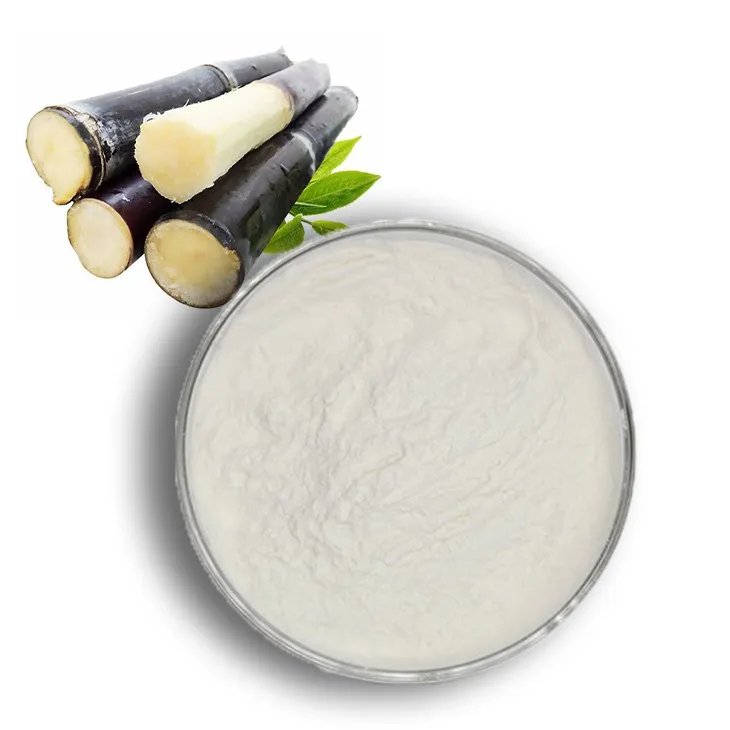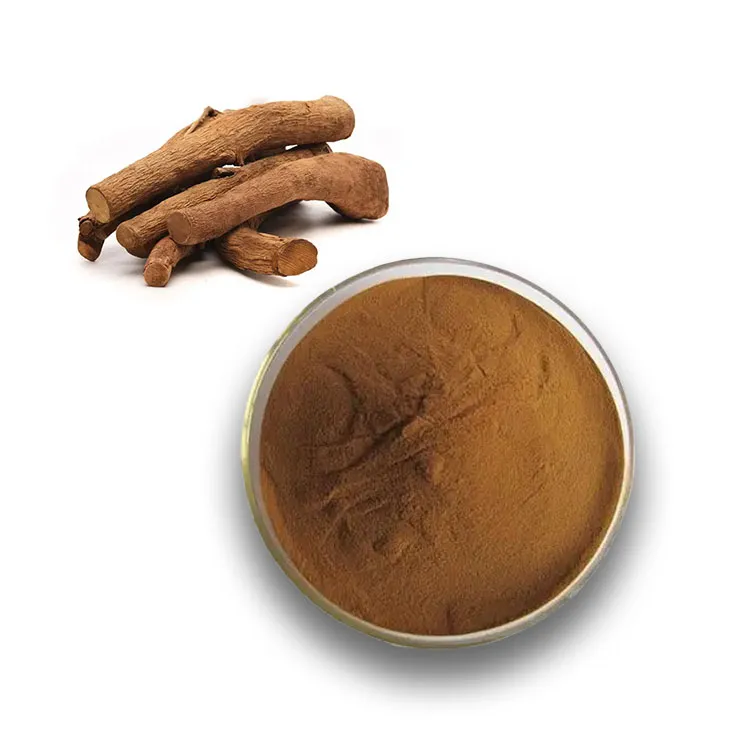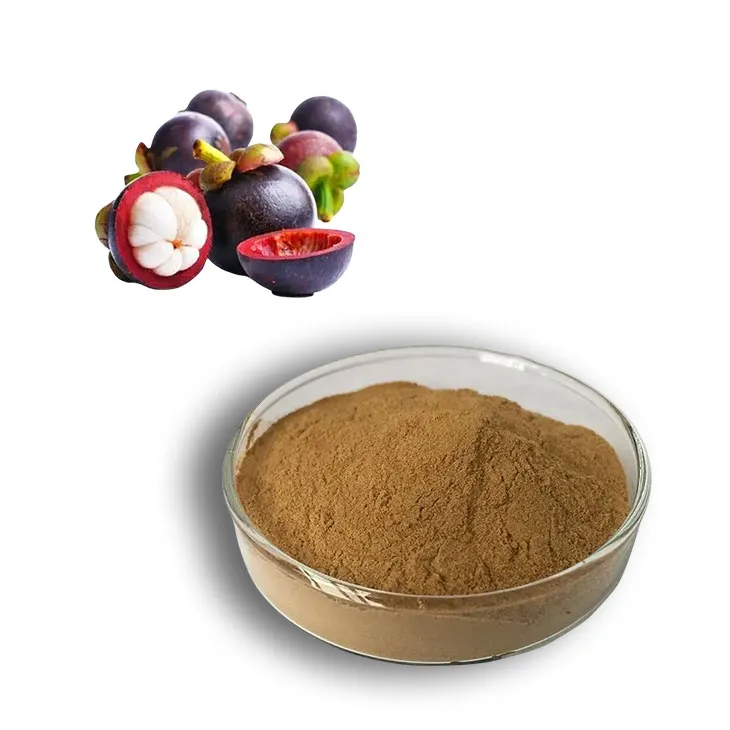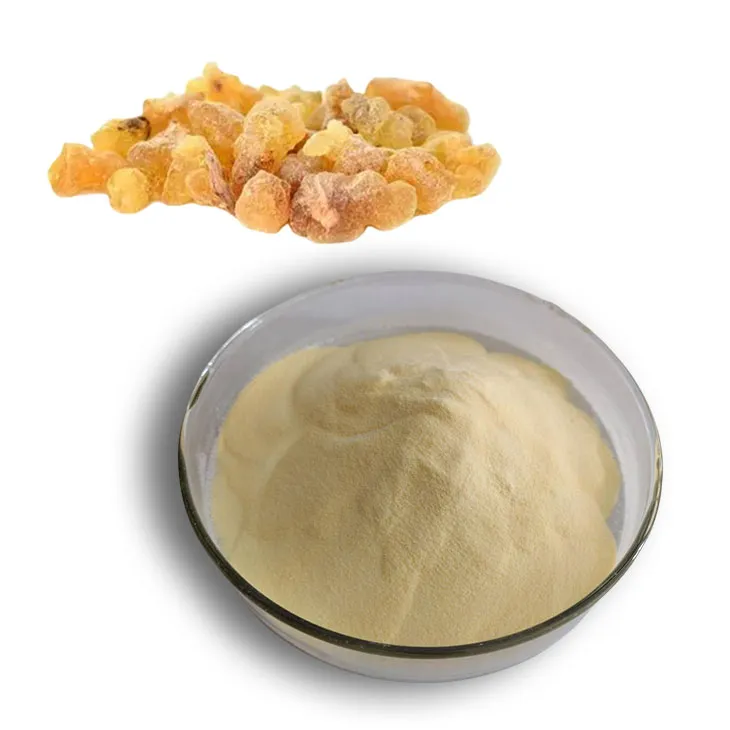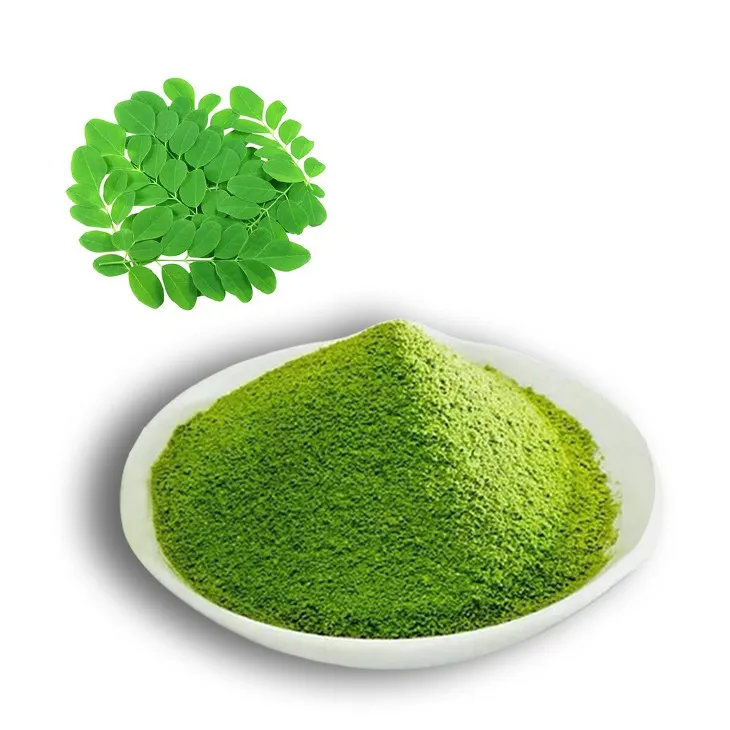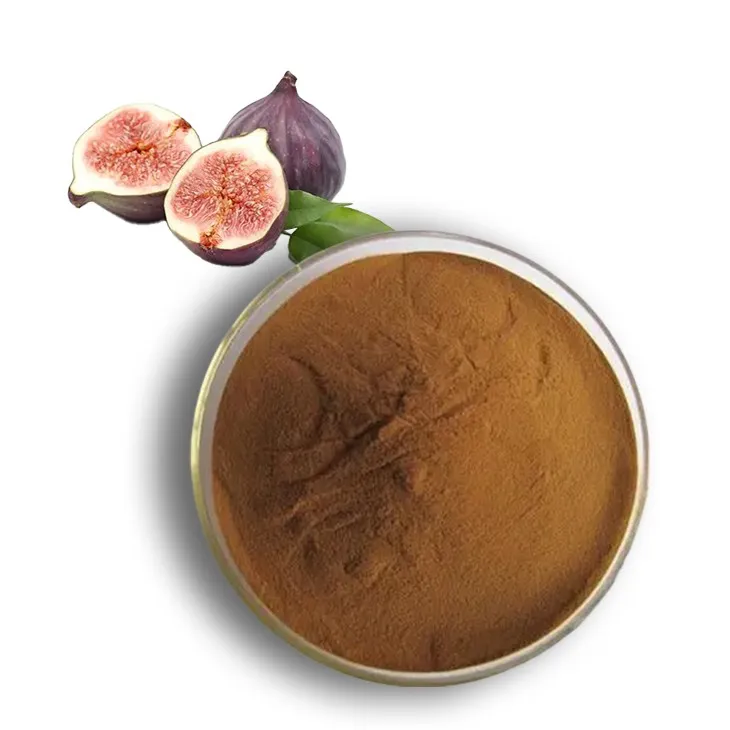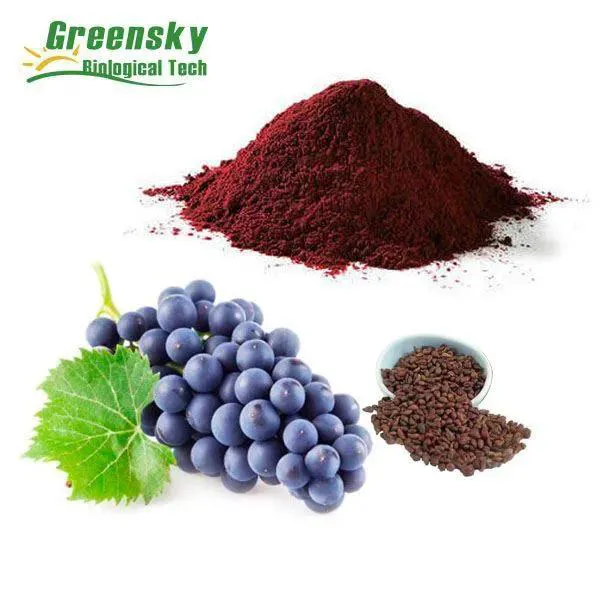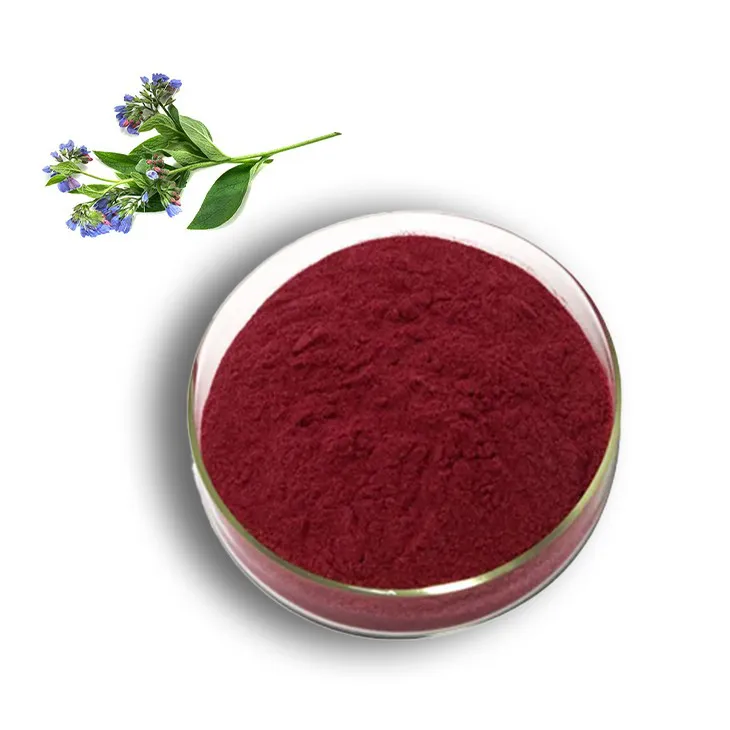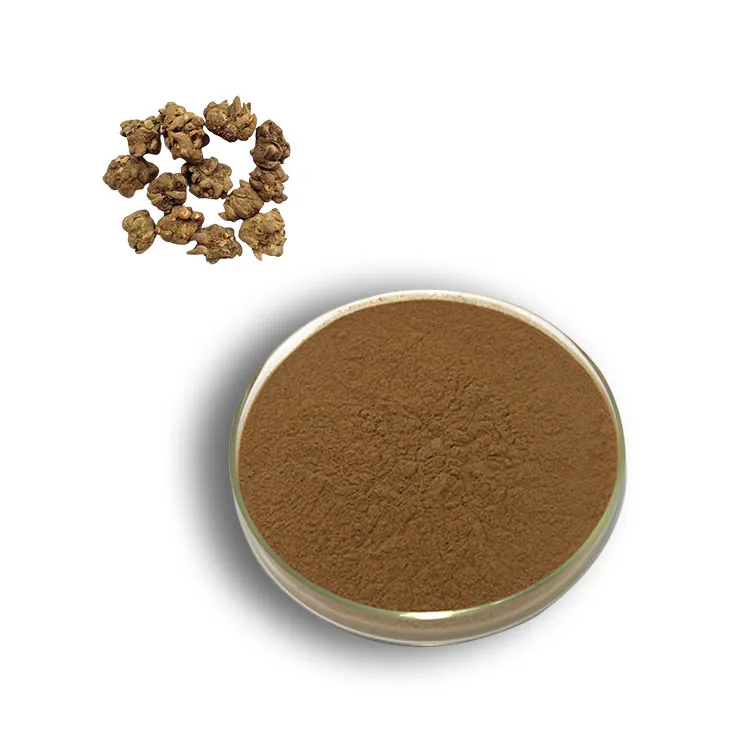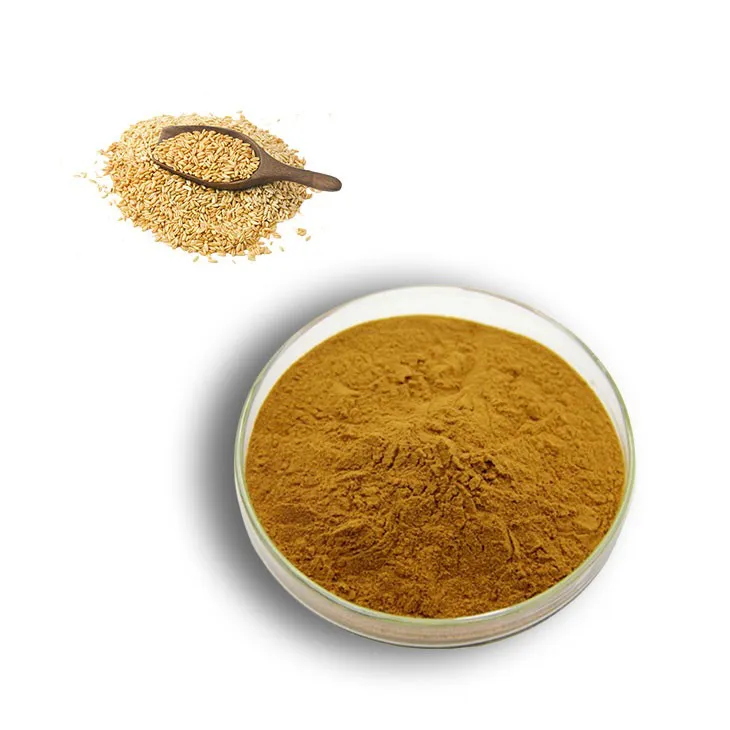- 0086-571-85302990
- sales@greenskybio.com
The Ultimate Aloe Vera Extraction Guide: Benefits, Methods, and Applications
2024-08-16
1. Introduction to Aloe Vera
Aloe vera is a succulent plant species that has been cherished for centuries due to its remarkable properties. Native to the Arabian Peninsula, it has now spread across the globe and is cultivated in many regions with suitable climates. This plant is not only easy to grow but also highly versatile in its applications.
2. Benefits of Aloe Vera
2.1 Skin Healing
Aloe vera is well - known for its skin - healing properties. It contains compounds such as polysaccharides, which help in promoting the regeneration of skin cells. When applied topically, it can soothe burns, including sunburns. The gel from the aloe vera plant forms a protective layer over the damaged skin, reducing pain and inflammation. It is also effective in treating minor cuts and abrasions, speeding up the healing process by providing a moist environment that encourages new tissue growth.
2.2 Digestion Improvement
Consuming aloe vera can have a positive impact on digestion. It contains enzymes that assist in breaking down food, making it easier for the body to absorb nutrients. Aloe vera juice is often recommended for people with digestive problems such as indigestion and constipation. The plant's natural laxative properties can help regulate bowel movements, while also soothing the digestive tract. However, it should be consumed in moderation as excessive intake may cause some side effects.
2.3 Anti - Inflammatory Effects
The anti - inflammatory properties of aloe vera are not limited to the skin. Internally, it can help reduce inflammation in the body. This makes it potentially beneficial for conditions such as arthritis, where inflammation in the joints can cause pain and reduced mobility. By reducing inflammation, aloe vera may also contribute to overall health and well - being, as chronic inflammation has been linked to various diseases.
2.4 Immune System Boost
Aloe vera contains various nutrients and bioactive compounds that can support the immune system. Vitamins such as vitamin C, which is an antioxidant, are present in aloe vera. These nutrients help the body fight off infections and diseases. Additionally, the plant's polysaccharides may stimulate the immune system, enhancing its ability to respond to threats.
3. Aloe Vera Extraction Methods
3.1 Home Extraction
- Select a healthy aloe vera leaf. Look for a thick, firm leaf with no signs of damage or disease.
- Wash the leaf thoroughly under running water to remove any dirt or debris.
- Using a sharp knife, carefully cut off the spiky edges of the leaf.
- Slice the leaf lengthwise to expose the gel inside. Be careful not to cut through the gel too deeply.
- Using a spoon, gently scrape out the gel from the leaf. The gel should be clear and viscous.
3.2 Industrial - Scale Extraction
- Harvesting: Aloe vera plants are typically harvested when they reach maturity. Large - scale farms use mechanical harvesters to cut the leaves efficiently.
- Washing and Sorting: The harvested leaves are then washed thoroughly to remove dirt and impurities. They are also sorted to remove any damaged or diseased leaves.
- Filtration and Concentration: The gel is extracted from the leaves using a combination of mechanical pressing and filtration techniques. The extracted gel may then be concentrated to increase the potency of its active ingredients.
- Purification: Industrial - scale extraction often involves purification steps to remove any remaining impurities, such as pesticides or heavy metals. This ensures the safety and quality of the final product.
4. Applications of Aloe Vera
4.1 In Cosmetics
Aloe vera is a popular ingredient in cosmetics. It is used in a wide range of products, including moisturizers, sunscreens, and anti - aging creams. In moisturizers, its gel - like texture helps to hydrate the skin, leaving it soft and supple. In sunscreens, it can provide additional protection against the sun's harmful rays, while also soothing the skin in case of sunburn. Anti - aging creams containing aloe vera claim to reduce the appearance of wrinkles and fine lines by promoting collagen production and improving skin elasticity.
4.2 In Medicine
- Topical Treatments: As mentioned earlier, aloe vera is used for treating skin conditions. It is also used in the treatment of dermatitis and psoriasis, where its anti - inflammatory and skin - healing properties can be beneficial.
- Oral Supplements: Aloe vera juice and capsules are available as oral supplements. They are used for digestive health, immune system support, and in some cases, for managing blood sugar levels. However, it is important to consult a healthcare professional before taking aloe vera supplements, especially for those with pre - existing medical conditions.
4.3 In Food Industries
- Drinks: Aloe vera juice is a popular beverage, often consumed for its health benefits. It can be consumed on its own or blended with other fruits to create a refreshing and nutritious drink.
- Food Additives: Aloe vera gel can be used as a food additive in products such as yogurts and desserts. It adds a unique texture and may also provide some health benefits, such as improved digestion.
5. Conclusion
Aloe vera is truly a remarkable plant with a wide range of benefits, extraction methods, and applications. Whether it is used for skin care, improving digestion, or in various industries, its potential is vast. However, it is important to ensure that the aloe vera products are sourced and processed properly to maximize their benefits and minimize any potential risks. With further research and development, aloe vera is likely to continue to play an important role in promoting health and well - being.
FAQ:
What are the main health benefits of aloe vera?
Aloe vera has several health benefits. It is well - known for its skin - healing properties. It can soothe burns, cuts, and skin irritations. In terms of internal health, it can aid in digestion by promoting the breakdown of food and soothing the digestive tract. It may also have anti - inflammatory effects in the body, which can be beneficial for various conditions.
What are the simple home extraction methods for aloe vera?
One simple home extraction method is to cut a mature aloe vera leaf from the plant. Wash the leaf thoroughly to remove any dirt. Then, using a sharp knife, carefully cut off the spiky edges. Next, slice the leaf lengthwise and use a spoon to scoop out the clear gel from the inside of the leaf. Another method is to blend the cut - up aloe vera leaf pieces and then strain the mixture to obtain the pure gel.
How is aloe vera extraction done on an industrial scale?
On an industrial scale, the process is more complex. First, large quantities of aloe vera leaves are harvested. They are then washed and sanitized. After that, the leaves are often mechanically crushed or ground to break them down. The resulting pulp is then filtered through specialized filters to separate the aloe vera gel from the fibrous parts. Additional purification steps may be involved to remove impurities and ensure a high - quality product.
What are the applications of aloe vera in the cosmetics industry?
In the cosmetics industry, aloe vera is widely used. Its gel is a common ingredient in moisturizers, lotions, and creams due to its hydrating properties. It can also be found in sunscreens as it may help soothe the skin if it gets irritated from sun exposure. Aloe vera is also used in shampoos and conditioners as it can make the hair smoother and shinier, and may also help with scalp conditions.
What are the applications of aloe vera in the medicine industry?
In the medicine industry, aloe vera has various applications. It has been used topically for wound healing, as mentioned before. Some studies suggest that it may have potential antibacterial and antifungal properties, which could be useful in treating certain skin infections. Internally, although more research is needed, it may have a role in promoting gut health and could potentially be used in the treatment of some digestive disorders.
Related literature
- Aloe Vera: Properties and Applications"
- "The Science behind Aloe Vera Extraction and its Benefits"
- "Aloe Vera in Cosmetics, Medicine, and Food: A Comprehensive Review"
- ▶ Hesperidin
- ▶ citrus bioflavonoids
- ▶ plant extract
- ▶ lycopene
- ▶ Diosmin
- ▶ Grape seed extract
- ▶ Sea buckthorn Juice Powder
- ▶ Beetroot powder
- ▶ Hops Extract
- ▶ Artichoke Extract
- ▶ Reishi mushroom extract
- ▶ Astaxanthin
- ▶ Green Tea Extract
- ▶ Curcumin Extract
- ▶ Horse Chestnut Extract
- ▶ Other Problems
- ▶ Boswellia Serrata Extract
- ▶ Resveratrol Extract
- ▶ Marigold Extract
- ▶ Grape Leaf Extract
- ▶ blog3
- ▶ Aminolevulinic acid
- ▶ Cranberry Extract
- ▶ Red Yeast Rice
- ▶ Red Wine Extract
-
Sugarcane Extract
2024-08-16
-
Tongkat Ali Extract Powder
2024-08-16
-
Mangosteen extract powder
2024-08-16
-
Boswellia Serrata Extract
2024-08-16
-
Moringa powder
2024-08-16
-
Fig Extract
2024-08-16
-
Grape Seed Extract
2024-08-16
-
Shikonin
2024-08-16
-
Cat Claw Extract
2024-08-16
-
Oat Straw Extract Powder
2024-08-16











